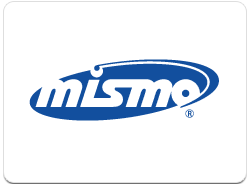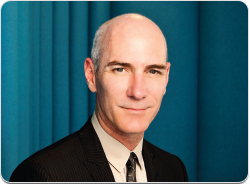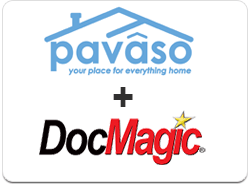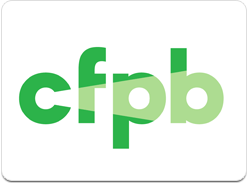DocMagic Implements MISMO Version 3.3 in Support of the TILA-RESPA Integrated Disclosure Rule
 Press Release:
Press Release:
Adherence to MISMO’s latest dataset helps prepare DocMagic for the CFPB’s Integrated Disclosure deadline
TORRANCE, Calif., Feb. 11, 2015 – DocMagic, Inc., the mortgage industry’s leader in compliant loan document preparation and driver of complete eMortgage adoption, announced that its entire solution set now adheres to version 3.3 of the Mortgage Industry Standards Maintenance Organization (MISMO) Reference Model.
The Consumer Financial Protection Bureau’s (CFPB) Integrated Disclosure Rule combines the mortgage disclosures required under the Truth in Lending Act (TILA) and the Real Estate Settlement Procedures Act (RESPA). It requires lenders to use the new integrated disclosures beginning on Aug. 1, 2015. Successful compliance with this rule depends on use of the latest version of the data standard.
Version 3.3 of MISMO establishes a common dataset that is essentially a prerequisite for lenders to use the CFPB’s new integrated disclosures and share the information about the disclosures with their industry partners. The CFPB's Integrated Disclosures will replace the current Good Faith Estimate (GFE) HUD-1 Settlement Statement, and Truth in Lending (TIL) disclosures for most residential mortgage loans as of Aug. 1, 2015. DocMagic is the first document preparation software vendor to implement MISMO version 3.3.
“Our early implementation of MISMO version 3.3 is significant because it is yet another step that we are taking to proactively prepare for the CFPB’s new Integrated Disclosure rule, as well as industry innovation involving the disclosures,” said Dominic Iannitti, president and CEO of DocMagic. “Any software provider that is involved in loan closings or data exchange must update their respective systems to implement the new dataset in order to effectively support their partners and lender clients. Those organizations that wait will likely not be ready to meet the CFPB’s deadline and as a result will encounter serious compliance issues.”
In March of 2014, the GSE’s introduced the Uniform Closing Dataset UCD, which is based on the MISMO v3.3 Reference Model standard used to support the Closing Disclosure under the CFPB’s new Integrated Disclosure rule. The Closing Disclosure is the form that combines the final TILA and HUD-1 Settlement Statement. As a result, closing documents will change significantly come Aug. 1, 2015. Lenders will be responsible for the Closing Disclosure and will need to automatically and seamlessly exchange the data from this disclosure with its settlement agents and other partners. DocMagic is ready to effectively and compliantly transition to this new disclosure for its entire customer base.
Other organizations that will be affected by the rollout of version 3.3 of MISMO, the GSE’s introduction of the UCD, and the CFPB’s rule include settlement software and loan origination system (LOS) providers, among others.
DocMagic’s early implementation of MISMO version 3.3 has allowed the company to already begin working on standardizing closing document forms for its clients and partners.
About DocMagic
DocMagic, Inc. is a leading provider of fully-compliant loan document preparation, compliance, eSign and eDelivery solutions for the mortgage industry. Founded in 1988 and headquartered in Torrance, Calif., DocMagic, Inc. develops software, mobile apps, processes and web-based systems for the production and delivery of compliant loan document packages. The company’s compliance experts and in-house legal staff constantly monitor legal and regulatory changes at both the federal and state levels to ensure accuracy. For more information on DocMagic, visit www.docmagic.com.


 By Tim Anderson,
By Tim Anderson,
 DocMagic and Servicelink present a FREE Flood Certification webinar!
DocMagic and Servicelink present a FREE Flood Certification webinar! Michael P. Hanson
Michael P. Hanson Ron Carrillo
Ron Carrillo Press Release:
Press Release: Press Release:
Press Release: 